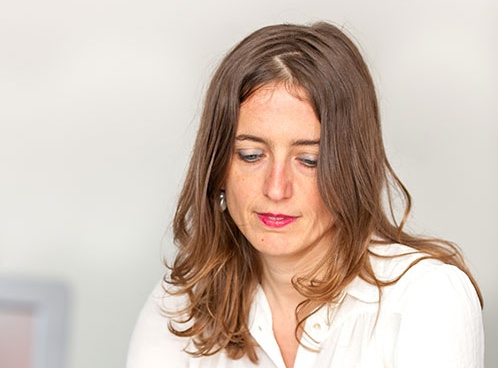
The award comes with a maximum funding of €2.5 million (in exceptional cases: €3.5 million). ERC Advanced Grants are designed for established academics from all disciplines whose highly innovative research goes well beyond the current state of research and forges ahead into new research territories. Chiara Franceschini is Professor of Early Modern Art History at LMU. Art and disease are two very distant notions today, but this was not the case in the past. Especially after the Black Death of 1348, all forms of social and medical disease were hosted and confined in complex structures, which, together with their attached chapels, churches and houses, were planned as to face new epidemics and social problems and richly endowed with artworks and objects, sometimes invested with healing powers. Major architects and artists were involved in such projects, from Filarete to Alonso de Covarrubias or Pierre Puget; from Memling to Grünewald to El Greco and Rubens. Such former hospitals are still today among the most impressive buildings in European cityscapes while artworks produced for or donated to them are owned by prominent museum in Europe and the US. Despite extensive scholarship on the history of hospitals as social institutions, one aspect has remained surprisingly underexplored: Why were art and architecture so vital for pre-modern hospital cultures? And what can we still learn today from this centrality of art for hospitals? In her new ERC project ARCHIATER (Heritage of Disease: The Art and Architectures of Early Modern Hospitals in European Cities), Chiara Franceschini interrogates this vast and understudied “heritage of disease”. To disclose the unsuspected meanings, functions and values of hospital architecture, art and materiality across Renaissance Europe, the art historian will focus on hospital in European cities and ports before 1750 at the intersection between art history, social history of medicine and curatorial and provenance studies. She will work on interconnections and cultural exchange across the Mediterranean, diversity and disability, visibility and invisibility, and the ‘liminal’ roles of art and architecture for hospitals. The central hypothesis is that, in such contexts, structures, images and objects were crucial because they allowed for variable degrees of osmosis between the inside and the outside of the hospital through the passage of people, things and imaginations. Chiara Franceschini studied art history and early modern history in Pisa and in Florence, Italy, and obtained her doctorate from the Scuola Normale Superiore. She was a postdoctoral researcher at the Warburg Institute in London as well as the recipient of research fellowships from international institutions including the EHESS in Paris and Columbia University in New York. She taught Medieval and Renaissance Studies at University College London, before joining the LMU in 2016. In the same year, she was awarded an ERC Starting Grant for her project SACRIMA.